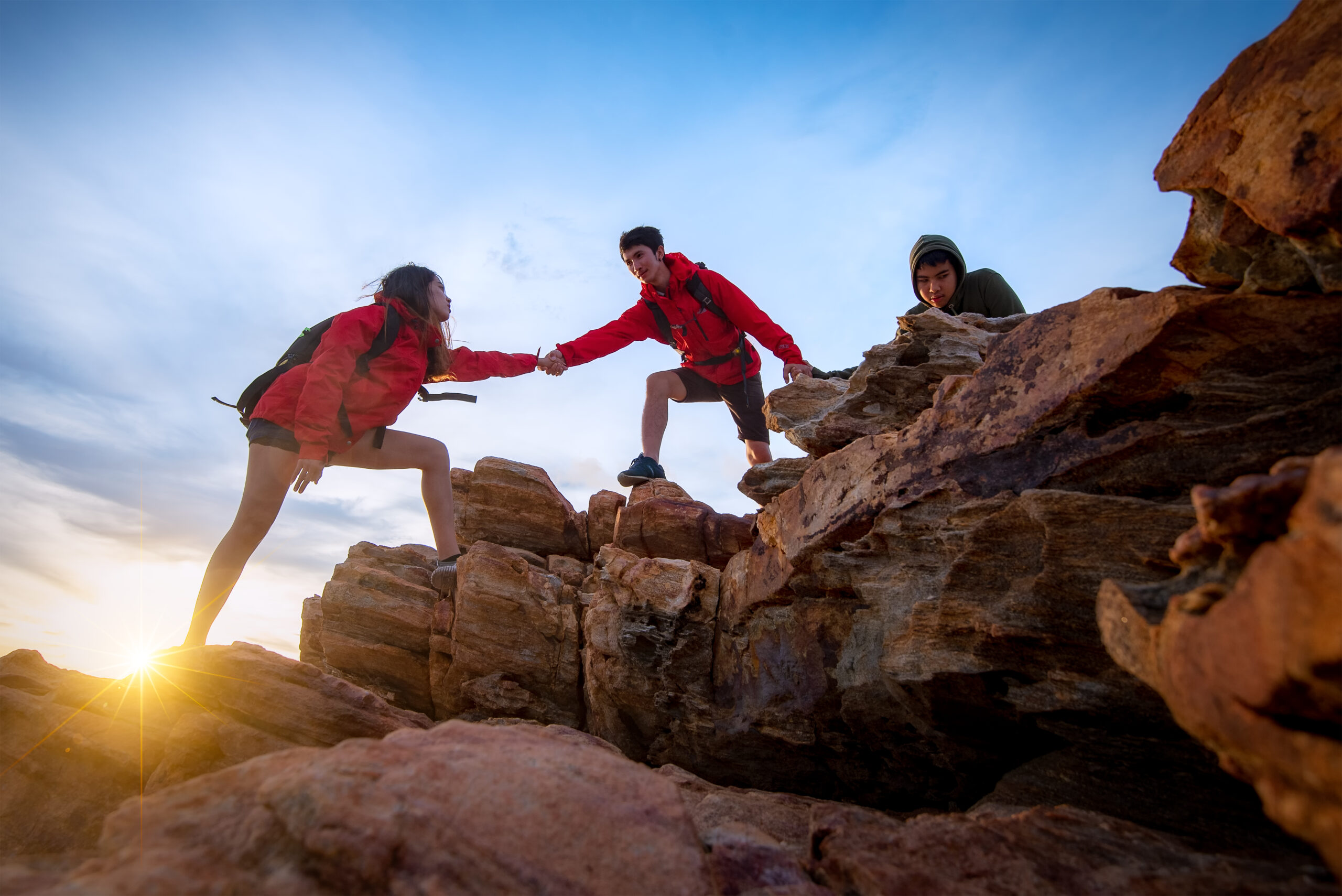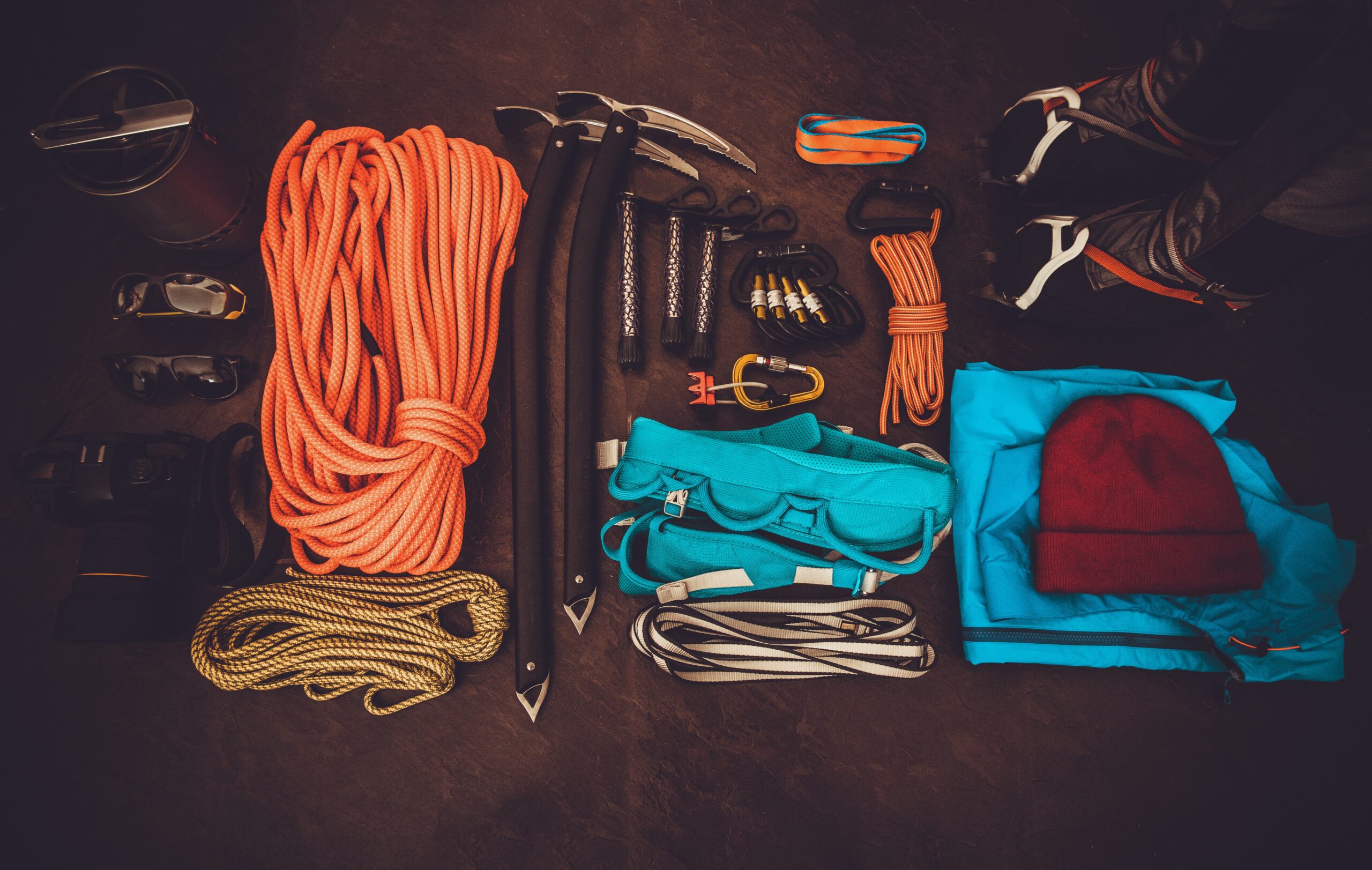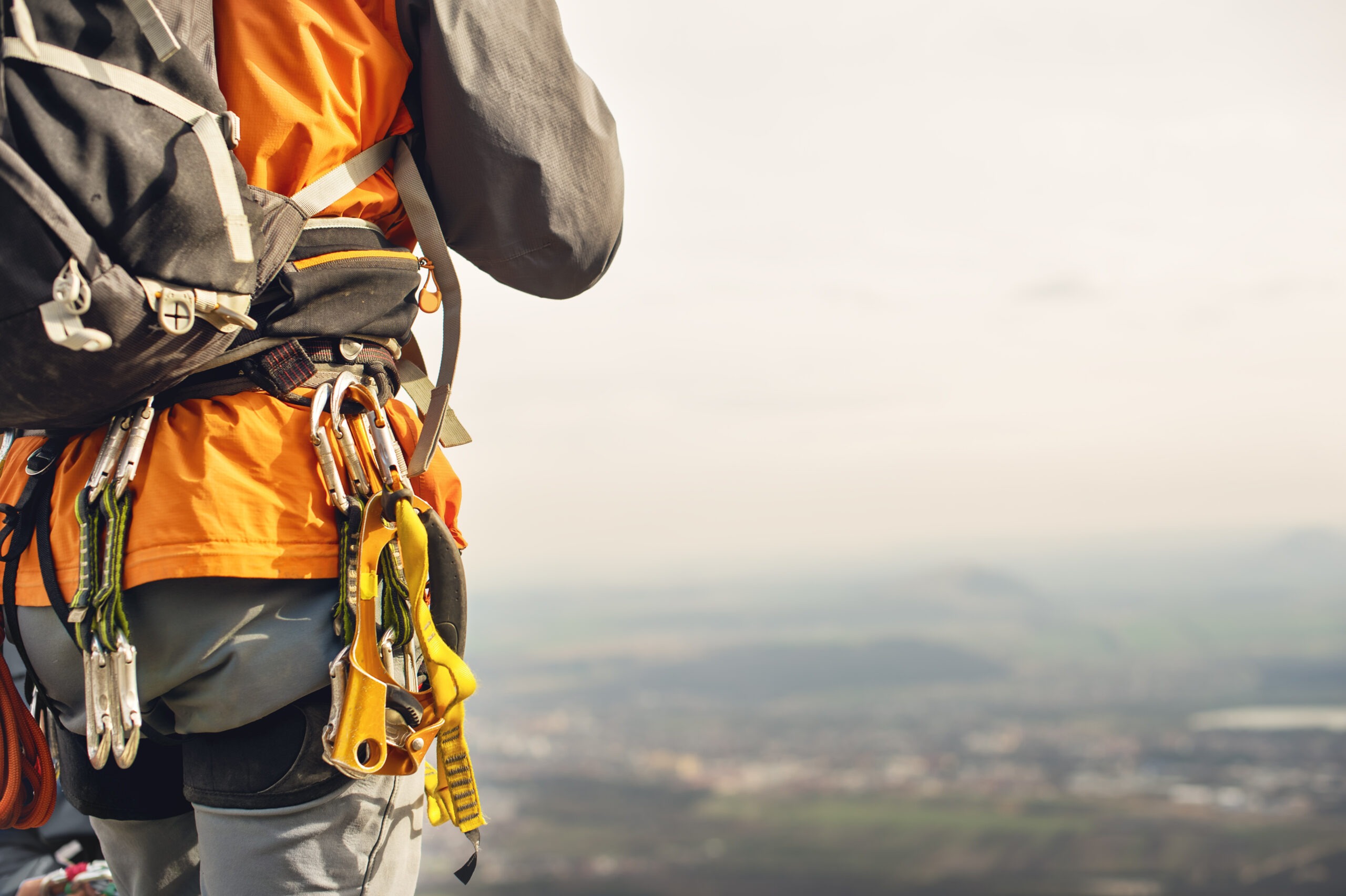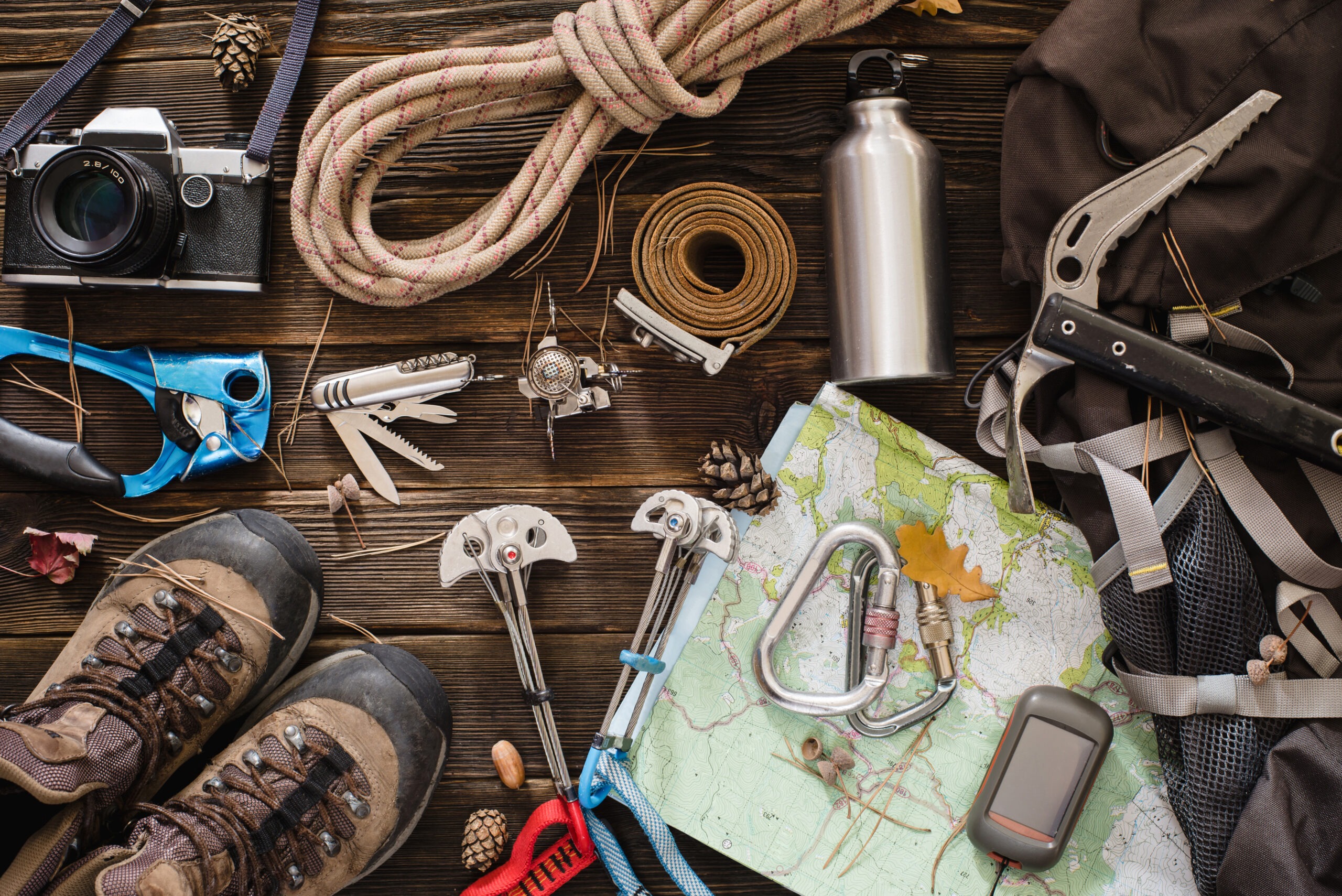Mountain climbing is an exhilarating and rewarding activity. The right equipment can make a world of difference in your experience—whether you’re a beginner or an advanced climber. Quality mountain climbing gear can help you enjoy your adventure to the fullest, especially when scaling more challenging mountains. In this guide, we’ll look at why it’s important to invest in quality equipment for mountain climbing and what types of essentials you should bring with you for every climb.
Overview of Mountain Climbing and Its Benefits

For example, it helps strengthen your body and mind; you can test your physical endurance and take on mental challenges by navigating difficult paths and treacherous conditions.
Mountain climbing also lets you experience nature, build confidence, increase self-awareness and develop important problem-solving skills.
Reasons to Invest in Quality Equipment

Quality climbing gear typically lasts longer, is more comfortable, and can be customized to different needs or individual body types. Investing in quality mountain climbing equipment will help make your climb safer, easier, and more enjoyable – so it’s worth taking the time to research the best gear before setting off on your journey.
How to Identify Quality Equipment?
When looking for quality mountain climbing equipment, it is important to consider factors such as weight and durability. Quality gear should be lightweight yet strong enough to withstand the rigors of a climb and protect against potential hazards.
The material used in manufacturing is also important; many popular materials used in mountain climbing equipment include aluminum, titanium, and carbon fiber. It’s also important to look for gear that is adjustable and offers comfortable support for your body when spending long hours scaling slopes or rappelling down cliffs.
Finally, make sure you purchase from reputable brands that have established credibility among the climbing community.
Types of Essential Gear for Mountain Climbing

Here is a list of must-have items for any mountain climber:
- Climbing Rope – A secure and dependable climbing rope is essential for safety and stability while scaling surfaces.
- Climbing Harness – A secure and comfortable harness helps to keep you connected to the rope at all times while also providing support when rappelling down cliffs or belaying other climbers.
- Rock Shoes – Specialized shoes designed specifically for climbing provide traction, grip, and support when scaling rocky surfaces.
- Chalk Bag – Chalk bags are essential for keeping your hands dry and improving your grip on a variety of surfaces.
- Helmet – Helmets are absolutely essential for mountain climbers as they protect against rocks or debris that may be falling from above you or sliding underneath your feet as you climb up a surface.
- Carabiners – Carabiners allow you to securely attach items such as ropes or harnesses onto your body so you can safely ascend a route without worrying about dropping any items during the climb.
- Ice Axes – Used to help with securing footing on steep slopes, ice axes provide an extra layer of security when climbing patches of ice and snow.
- Pulleys – Pulleys are used to help redistribute some of the load from you onto the rope or harness so you can move more weight at once when traversing a surface.
- Climbing Gear Bag – A durable bag is necessary for storing and transporting all your climbing gear in between climbs, as well as making sure it stays dry and clean during storage.
- Belay Device – A belay device helps to manage rope tension while belaying yourself or another climber to ensure safety and stability throughout the climb.
Tips on Buying Equipment
Whether you’re a newbie or a seasoned mountain climber, it is important to invest in quality gear that will last you many climbs and keep you safe at all times. Don’t be afraid to ask experienced climbers or gear retailers for their advice on which pieces of equipment are best suited for your level and type of climbing.
If you’re planning to buy your first gear, it’s best to start with the basics and build up your collection over time as you become more experienced.
Here are tips for buying mountain climbing equipment:
- Consider your level of experience and the types of terrain you will be tackling. Experience level will determine the type of gear you should purchase as well as the quality of the gear.
- Research the quality and reliability of any product before buying. Doing proper research ensures that you are purchasing gear from a reputable brand with proven credibility.
- Look for reviews from other climbers who have used the item. It is important to know the credibility of a product and find out what other climbers have to say about it.
- Ensure that the company has a solid reputation for good customer service. If you do experience any issues with your gear, it is important to make sure the company will be there to help you through them.
- Invest in higher quality products with longer lifespans if possible. This will help you save money in the long run, as lower-quality products may need to be replaced more often.
- Find reliable gear at a lower price point if it is more cost-efficient in the short term. Buying quality gear on a budget is possible if you are willing to do the research and find the right items.
- For safety, always buy the best gear within your budget range to minimize the risk factor while mountain climbing.
Final Thoughts
Buying the right mountain climbing equipment is vital for any climber, regardless of their experience level. It is important to thoroughly research and consider all factors, from your level of experience to the reliability and quality of any product. Furthermore, it is important to ensure that the company you are buying from has a solid reputation for good customer service and that the gear you choose fits within your budget range. By following these tips, climbers can make informed purchases that will provide a safe and enjoyable mountain climbing experience.
